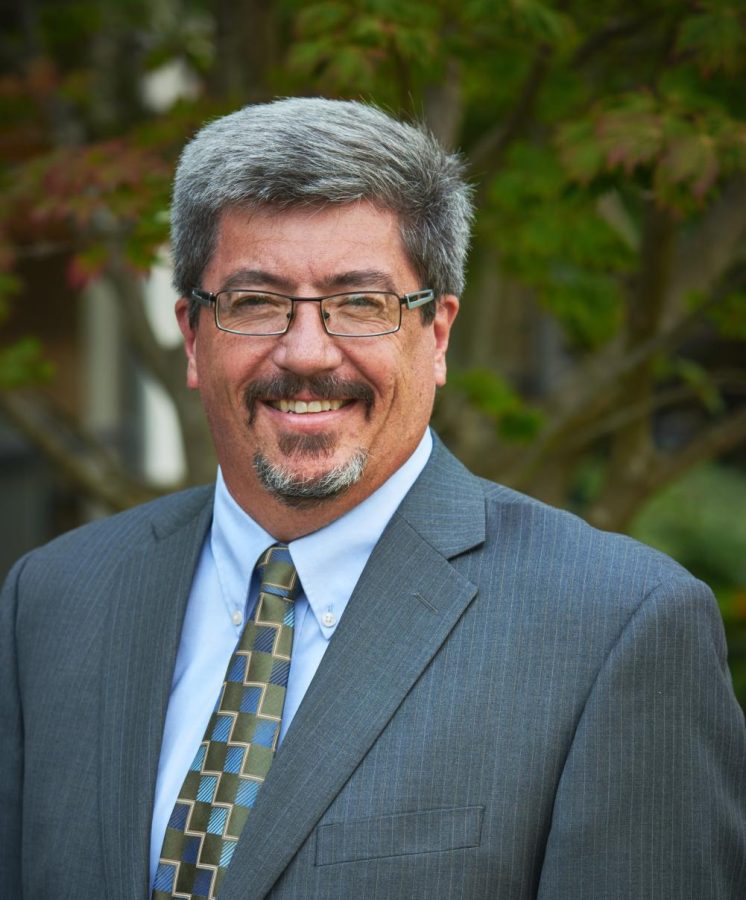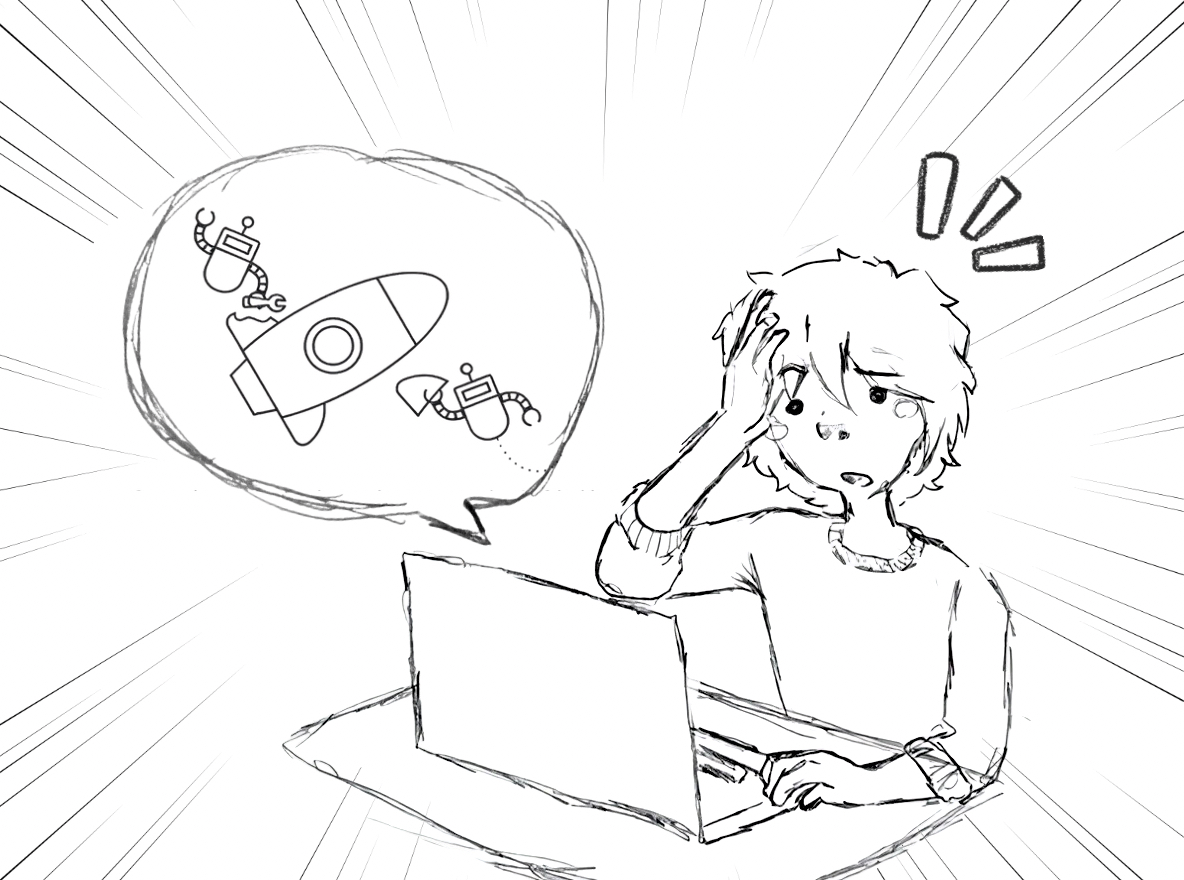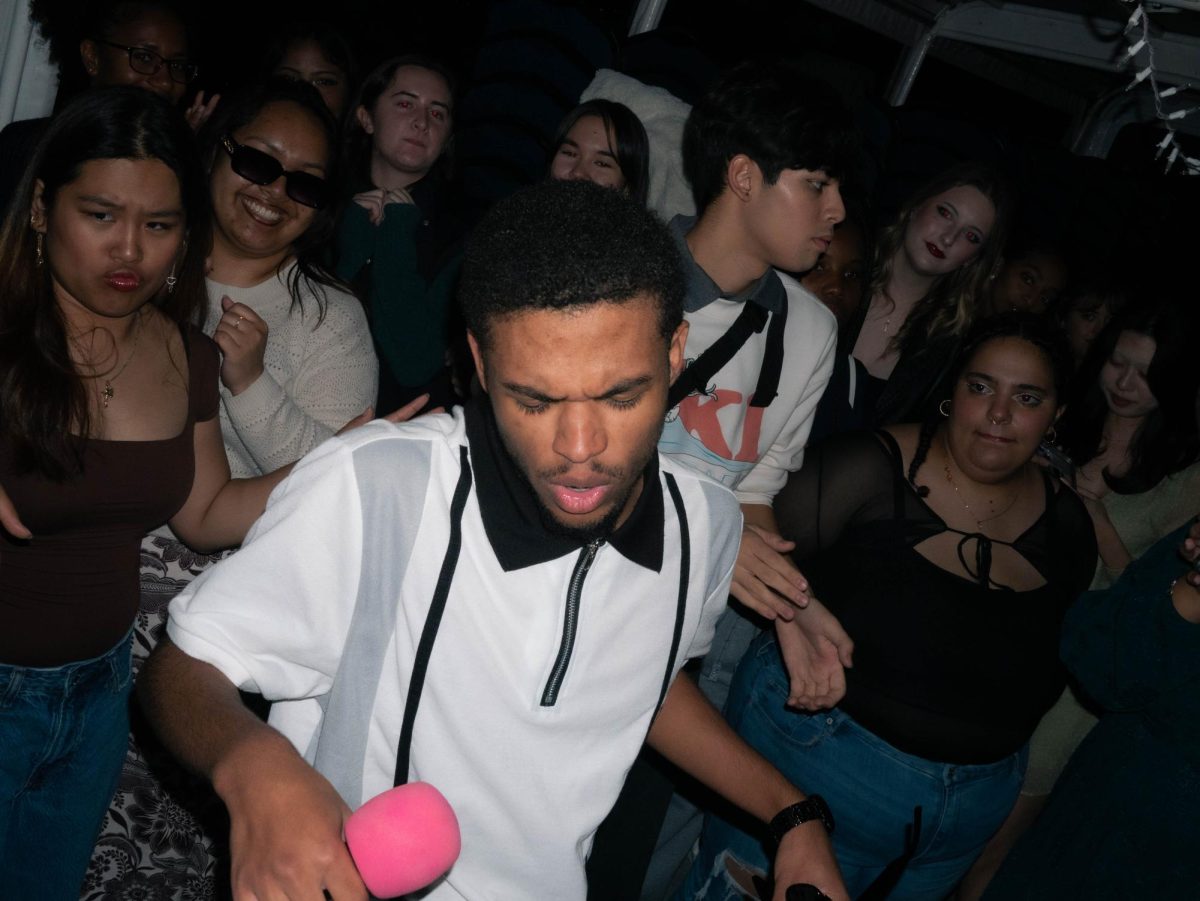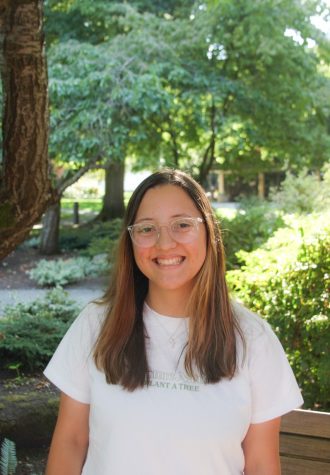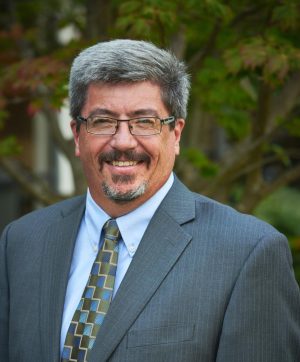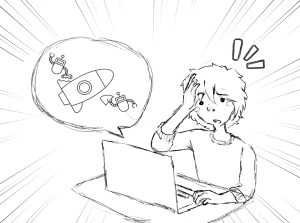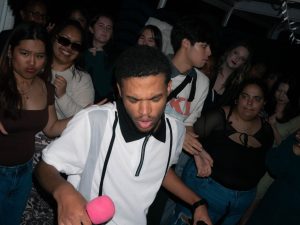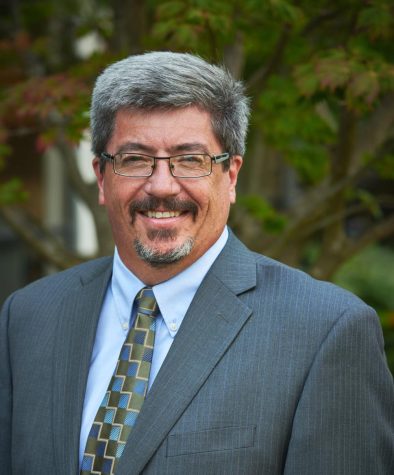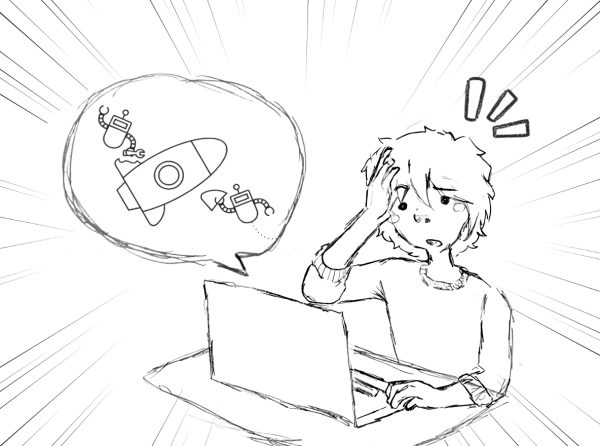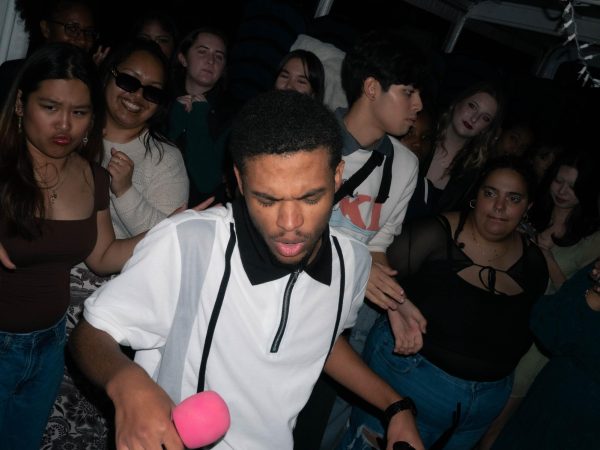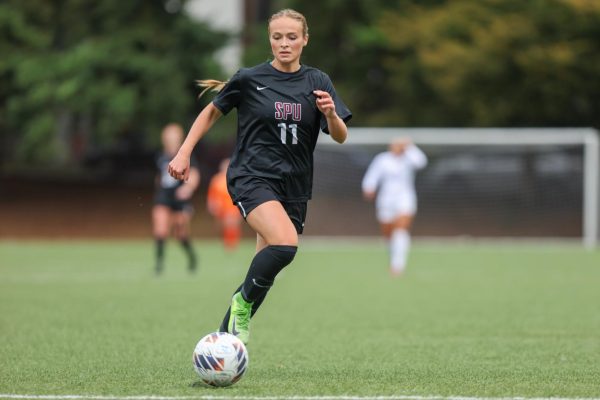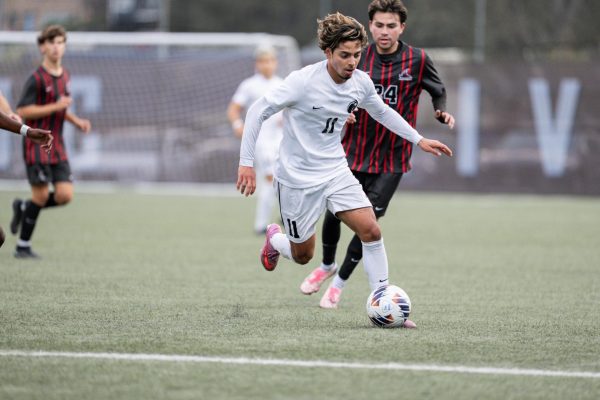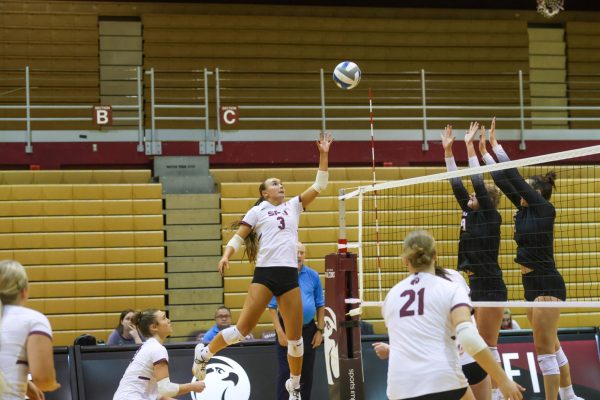New music experience
Music students learning pros, cons of performing music online
May 28, 2020
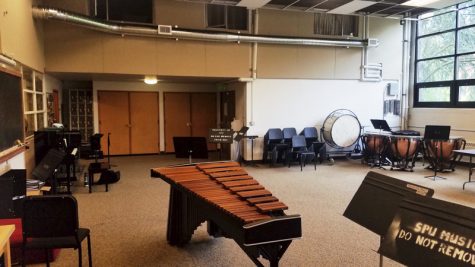
With creative changes, like having to record rather than perform live, being made to the music department this quarter, sophomore music therapy major, Eric Peterson, is enjoying new learning experiences. Unable to meet in person, ensemble classes and music majors experience new ways to create and produce music.
“Kind of like the pro world, you learn your part on your own and then show up to the studio to record,” Peterson said over Zoom.
This unprecedented time for Seattle Pacific University’s music program has encouraged students to explore techniques that they have not had to use in the past.
“For percussion ensemble they’re having us do individual projects and I am actually learning a lot of new stuff from it. I decided to arrange a song into a percussion piece, and that is something I have never done before,” Peterson said.
Music classes this quarter, specifically ensembles, have taken an innovative approach to keeping students engaged with learning and performing.
Rather than a booming live performance at First Free Methodist Church, students in percussion ensemble are recording their individual parts and sending them to professors.
“We record two parts that we would’ve done in the big ensemble performance. Once we send it in, they’re going to mend the sound recordings together to sound more unified as if it was a live recording of everyone,” Peterson said.
Wind ensemble is following in the footsteps of percussion ensemble.
Sophomore music composition and research major, Rachael Fasano, is having similar learning experiences in wind ensemble, but is heartbroken over the loss of connection and community that would have been experienced through live performances this quarter.
“Not being able to play in a live ensemble is devastating,” Fasano said over Zoom.
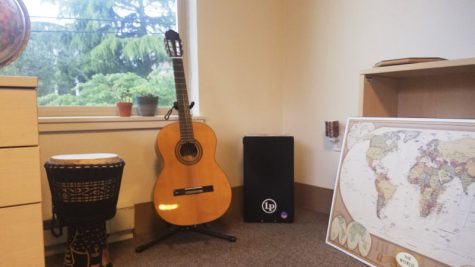
The inability to be in the room with other musicians as a piece is being performed builds a barrier that stops anyone from getting the unabridged and aesthetic experience. Without being in the same room, the feeling music brings is diminished.
“The in-person connection is irreplaceable for the performers and the audience. Music is such a tangible thing, you hear and also feel it in your body,” Fasano said. “As an audience member, you can still feel what is happening through vibrations. How the pieces are orchestrated lend themselves to the rising and falling of emotions; they convey a message.”
Adjusting to perform and listen to music in this new way, students are having to learn how to make the most of the resources they’ve been given to create the best possible music experience.
Buildings on campus such as Beegle Hall, Crawford Hall, and Nickerson Studios are open to students near campus to provide them with instruments and recording equipment.
These buildings are open and the resources are available to students, but only to be used one at a time on a scheduled basis. Students are having to use RoomFinder to schedule personal time in each building along with practicing health and safety standards by wiping down equipment before and after use.
The buildings full of available resources still do not replace the connection being lost between performers and audience members, especially for those who will not be coming back next year.
For a senior music business major, a major designed by herself, Kimberly Satre, the lack of performing for an audience this quarter brings on feelings of loss and dissatisfaction. Her senior recital, that had been in the works for almost a year, could no longer be all that she had imagined it to be.
“My senior recital was originally going to be an hour long with chamber music, small ensembles playing together, because there are a lot of musicians I would’ve loved to perform with,” Satre said over Zoom.
The unfortunate circumstance of not getting to experience her senior recital the way she had dreamed did not completely disappoint. Satre was still able to perform, only it was a live streamed performance with a single pianist by her side.
Without an audience full of friends and family showing their support, her senior recital simply was not all she had wished it to be.
“I knew there were people watching but I couldn’t see them which was almost more nerve-wracking.”
With nerves and absence of in-person connection, it is proven that performing is not the same as it would have been without COVID-19.
Live performances being viewed through a screen is a practical yet unsatisfying solution to an untimely problem.
“For me, there is something lost in the technological translation that can’t be replaced,” Fasano said.
Fortunately, for these music students, the meaning of music extends beyond live performances. For Peterson, music is used as a bridge and healing process between people.
“Music can express the unspoken and give words to those who might not have voices,” Peterson said.
Fasano appreciates the variety and fresh perspective it brings to the world and her own personal life.
“Music is a way to encounter other experiences that aren’t your own,” Fasano said.
Overall, Satre cherishes a striking aspect that music has to offer.
“To put it in one word, music means community. It’s something I have always found in music and is the reason I chose to pursue a career in music.”
Although in a time where connection through music is deeply lacking, she finds encouragement in the resilience that music inspires.
“This pandemic is going to change our culture for years and to see people working so diligently to find new ways to still participate in music, even if it doesn’t look the same, is really uplifting,” Satre said.

